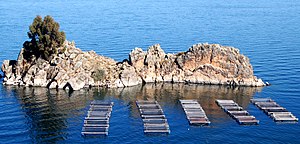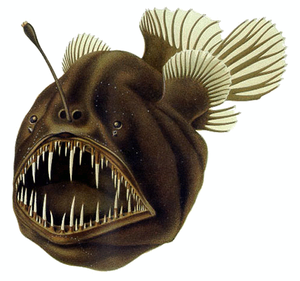Here are five facts about the glory and challenges of fish farming. Fish farming and aquaculture has really stepped up due to the demand for the world’s fish consumption, but maybe not in the most sustainable manner like Linda Thornton.
1.) It’s polluting our water
It seems as though large fish farm like to cram fish to live in very tight spaces. A large amount of fish would lead to a large amount of waste produced by the fish. Also, the unfavorable conditions often lead to disease. Fish farmers tend to treat the disease and infection with harmful antibiotics which further harm the surrounding waterways.
2.) It brings untested chemicals to your dinner plate
It seems as though many of the antibiotics used to treat diseases on foreign fish farms are commonly made of chemical banned in the US. Since there is no regulation often these harmful chemicals make their way to your dinner table.
3.) It’s tearing apart mangroves
Shrimp farmers are tearing apart the mangroves to make way for their new crop of this popular crustacean. However, this destroys a delicate nursery ground for many local fish species. In turn this depletion in resources severely affects local economies. What makes matters worse is that often these shrimp farms are abandoned in order to find better producing areas.
4.) It’s often counter-productive
Fish farms can be tough to maintain, especially for salmon and other carnivorous species. They tend to eat more food than they actually produce! This is turn leads to a lot of waste that can disturb the balance of the surrounding waterways.
5.) It does good things!
Some fish farms raise species that are actually clear out pollutants from the water. Bivalves (oysters, mussels, etc.) are filter feeders and cleanse their aquatic habitat! Also, tilapia are herbivores and do not require as much input as the carnivorous farmed fish need.
Related articles
- Fish farm sues activist for defamation (theglobeandmail.com)
- http://www.huffingtonpost.com/2010/03/31/9-surprising-fish-farming_n_518724.html#s77073&title=Production
- Tasting the future of farmed seafood (cnn.com)
- Another Side of Tilapia, the Perfect Factory Fish (nytimes.com)
- The Many Faces of Aquaculture: An Introduction to Fish Farming (marksdailyapple.com)














What people are saying …